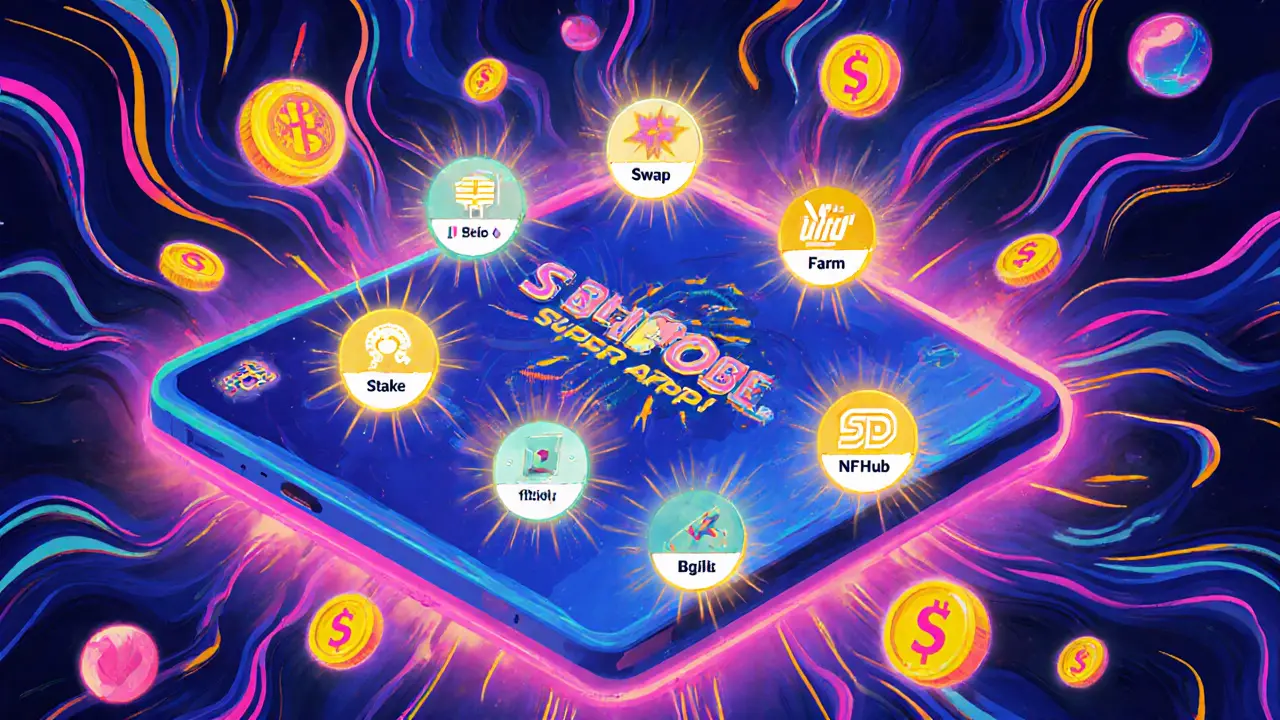Solana DeFi: How Solana’s Ecosystem Powers Fast, Low-Cost Decentralized Finance
When you hear Solana DeFi, a collection of decentralized finance applications built on the Solana blockchain. Also known as DeFi on Solana, it enables users to lend, borrow, trade, and earn yield without intermediaries—all in under a second and for pennies. Unlike Ethereum, where gas fees can spike to $50 during peak times, Solana’s architecture keeps transaction costs below $0.0001, even during heavy usage. That’s not a marketing claim—it’s what users experience daily on platforms like Raydium and Jupiter.
Solana DeFi doesn’t just rely on speed. It’s built on a proof-of-history consensus that lets nodes agree on time and order without constant back-and-forth communication. This is why apps like Solana DEX, decentralized exchanges running on Solana, such as Raydium and Orca can offer order-book trading with latency similar to centralized exchanges. And because the network handles 65,000 transactions per second, liquidity pools stay deep and price slippage stays low—even for large trades. That’s why traders who once stuck to Uniswap on Ethereum now use Jupiter to swap tokens in seconds.
The real edge of Solana DeFi isn’t just tech—it’s what developers build on it. Projects like Solana smart contracts, programs written in Rust or C++ that power lending, staking, and yield aggregation on Solana are designed to be efficient and cheap to run. That’s why you see real-world use cases like margin trading on Marginfi, automated yield strategies on Solend, and even NFT-backed loans on Solanart—all without the $10+ fees that kill small trades on other chains. It’s not just cheaper; it’s more usable for everyday people who want to earn yield without waiting hours or paying $20 in fees to move $500.
But Solana DeFi isn’t perfect. The network has had outages—some due to hardware overload, others from code bugs. That’s why smart users don’t put all their money in one place. They use Solana for fast swaps and short-term yield, then move stable assets to Ethereum or Bitcoin for long-term storage. The ecosystem is growing fast, but it’s still early. That means there’s room to get in on new protocols before they blow up—and also risk getting burned by ones that don’t survive.
What you’ll find below are real reviews, deep dives, and honest breakdowns of Solana DeFi tools, tokens, and strategies. No fluff. No hype. Just what works, what doesn’t, and why.
Saros Finance Crypto Exchange Review: A Solana-Based DeFi Super-App for 2025
Saros Finance is a Solana-based DeFi super-app offering swapping, staking, and NFT trading in one platform. With DLMM v3 and a deflationary token, it's one of the most innovative crypto exchanges of 2025.
